This piece is part of the Taiwan-U.S. Quarterly Analysis series, which features in-depth analysis of important issues in Taiwan and the U.S.-Taiwan relationship by leading experts, with the goal of providing a range of perspectives on developments relating to Taiwan.
In the wake of Russia’s invasion of Ukraine, the world has become even more ideologically polarized. As the war and Russian atrocities continue, the United States and its allies are targeting Moscow by imposing a series of sanctions on finance, technology, and trade. While there are concerns that such sanctions could strain global supply chains, it is imperative that actions be taken to uphold democracy and the international rules-based order.
Taiwanese semiconductor manufacturers, including Taiwan Semiconductor Manufacturing Company (TSMC), have also cooperated with U.S. sanctions and bans. Although Russia accounts for an insignificant volume for the import and export of semiconductors, the possible long-term adverse effects should still command our attention. Two are noteworthy — first that China becomes a proxy partner for Russian imports and exports. China’s stance towards the sanctions on Russia has so far been ambiguous, and it is unclear whether Beijing will form closer economic ties with Moscow. Second is the possibility of economic retaliation from Moscow on Taiwanese companies operating in Russia after Taiwan was included in a list of “unfriendly” nations by Russia.
One thing is certain — given its centrality in global supply chains, the semiconductor industry will never be fully insulated from great power competition. Given the geopolitical tension between the United States and China, how should Taiwan work with the U.S. to stay resilient and avoid being trapped in the tangle of two superpowers? How can Taiwan integrate its supply chains with the U.S. and at the same time maintain its own inherent strength? Policy decisions in the U.S. and Taiwan in the coming years will play a critical role in determining if both sides are able to rise to the challenge, including by developing a pipeline of engineering talent, ensuring adequate resources to support technological advances, and incentivizing mutually beneficial collaboration to support deepening integration of value chains in the U.S. and Taiwan.
Meeting demand for chips and talent
At present, all eyes are on TSMC’s efforts in opening a new 5-nanometer chip factory in Arizona, as the White House warns of escalating vulnerabilities from a shortage of chips that have disrupted production in U.S. automotive and electronics industries. To meet future demand for semiconductor chips, the U.S. Congress is pushing for favorable legislation and policies to re-shore the chipmaking industry back to U.S. soil by injecting large amounts of funding — an estimate of $50 billion in federal funding wrapped in the Creating Helpful Incentives to Produce Semiconductors (CHIPS) for America Act. However, it is unclear whether such a push will be successful. The opportunities for success lie in vertical consolidation and horizontal integration.
Taiwan’s chipmaking ecosystem is at top of the world because of long-standing support from the Taiwan government’s leadership, the cluster effect, outright engineering ingenuity, advanced technological development, close attention to micro-details, and considerable investments in research and development (R&D). Two important factors must be considered for the U.S.-Taiwan tech collaboration to be successful. One is talent pipeline cultivation and retention. In the 1970s, Taiwan’s government successfully recruited talented managers and engineers with Ph.D. degrees such as Morris Chang (TSMC), Minn Wu (Macronix), and Nicky Lu (Etron) to return to Taiwan to jumpstart the semiconductor industry. Since then, the world has seen a boom in semiconductors and applications that spans from Silicon Valley to Asia.
However, the industry foresees a great global shortage of engineering talent from upstream to downstream. How do we ensure that the talent pipeline continues to produce the necessary number of engineers and managers? Although top American universities continue to attract the world’s best talent to study in the United States, too few choose a career path in the semiconductor industry. Taiwan faces the same issue. Not only has there been a decline of students pursuing advanced degrees overseas, but there has also been a significant drop in science, technology, engineering, and mathematics (STEM) education overall.
This gap in the talent pipeline must be taken seriously. Federal funding must be allocated in creating training programs and scholarships to attract more students to study in this field. Exchange programs and on-the-job training and research projects must be established between the United States and Taiwan. To tackle this issue, the Taiwan government launched the Taiwan Semiconductor Research Institute (TSRI) in January 2019. The TSRI should collaborate with the American Semiconductor Academy (ASA) Initiative, a collaborative national education network of faculty at universities and colleges across the U.S. who are engaged in semiconductor research and education, to provide in-depth R&D and cross-training programs.
While the U.S. government is putting a great deal of resources in expanding semiconductor fabrication capacity, there are other elements in the semiconductor ecosystem, and comprehensive integration must be applied to build up long-term sustainability for U.S.-Taiwan collaboration. Taiwan, Japan, South Korea, and China account for nearly four-fifths of global fabrication capacity. More than 90% of sub-10 nanometer cutting-edge chips are made in Taiwan. Almost the entire packaging sector is in China and Taiwan. In addition to TSMC, the world’s leading chipmaker, there are companies such as MediaTEK, ASE Group, Etron, and Macronix that contribute to the overall success of this ecosystem. Semiconductor competition is a long game. The integration should not only be in semiconductor fabrication, but also in integrated circuit (IC) design, advanced packaging and testing, and other related upstream and downstream industries.
The much-anticipated CHIPS Act boasts a considerable amount of federal funding, with most of the funding to be used in building chip plants. However, more robust policies, such as tax credits, immigration programs, STEM education subsidies, and investment incentives, should be established.
Supply chains and geopolitics
As global geopolitics becomes more polarized, nations are divided not only by their pursued interests but also the values they represent. Taiwan’s role in global supply chains will only become more and more important. As the United States continues to rachet up efforts to build back the chip industry and secure semiconductors, there are big questions looming for U.S.-China-Taiwan relations. How will U.S. efforts to improve its semiconductor industry affect Taiwan and cross-Strait relations? How can the U.S. and its allies protect themselves from China creating new vulnerabilities in the semiconductor industry?
Taiwan’s semiconductor industry should engage with and contribute to U.S. solutions to enhance regional security and ensure economic competitiveness. Such integration should create a mutually inclusive partnership rather than involve a dominating takeover. It is in the United States’ interest to continue supporting Taiwan in its efforts for self-defense and economic resiliency. This could be achieved by extending U.S. industrial policy that supports “champion” industries and sectors with tax policy, subsidies, and increased R&D spending. It would be wise to rethink the antitrust approach in this sector so that semiconductor companies can achieve the scale necessary to support R&D and competitiveness. A comprehensive plan must be implemented to ensure the access to rare earth minerals needed for the manufacturing of semiconductors, particularly as China continues to dominate the world’s supply. Moreover, now is the optimal time for the United States to accelerate bilateral trade agreement talks with Taiwan.
Such collaboration would emphasize resilience, robustness, and effectiveness in technology intellectual property protection, enhanced manufacturing capability, investing in growing and upgrading the workforce, better coordination of global supply chain management, cross-sector investment, and overall integration. Better and deeper economic integration with the United States and an emphasis on supporting Taiwan’s own self-defense capability are key.
A stronger U.S.-Taiwan tech supply chain partnership would benefit both the United States and Taiwan as well as allies with shared democratic values. The success of such a partnership relies on trust, accountability, and continuity of policy clarity. While significant funding, favorable legislation, and strong political will are necessary, talent pipeline training and retention, R&D collaborations, and comprehensive industry integration are also vital for that success. Technology should be the means to regional stability and economic sustainability, not an end to it.
The Brookings Institution is committed to quality, independence, and impact.
We are supported by a diverse array of funders. In line with our values and policies, each Brookings publication represents the sole views of its author(s).
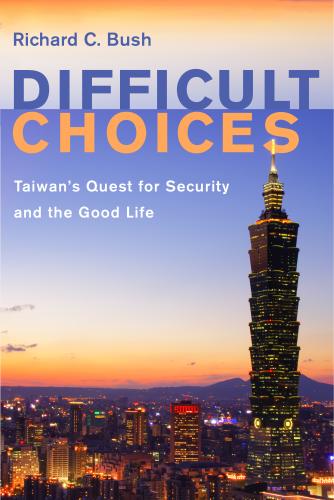
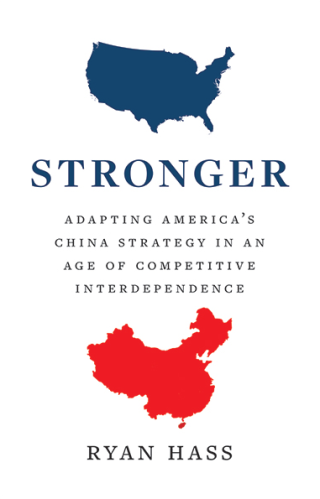
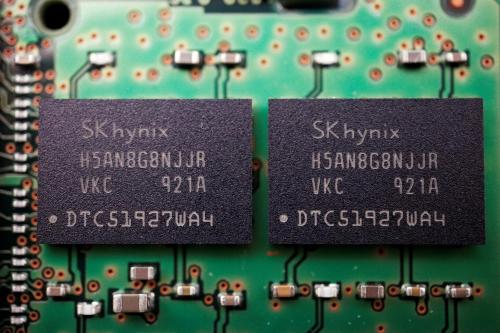


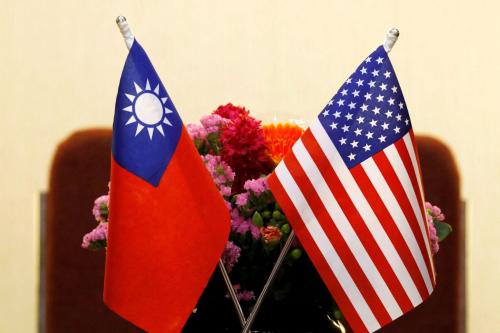
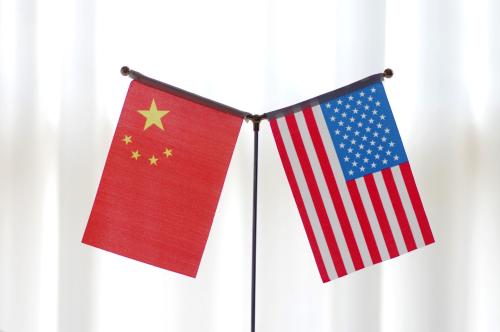
Commentary
Ensuring a stronger US-Taiwan tech supply chain partnership
April 12, 2022